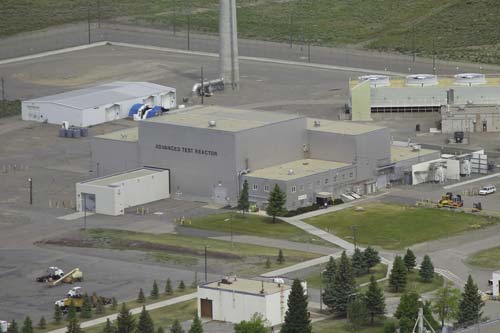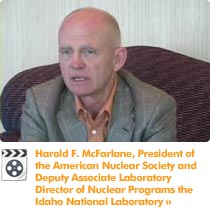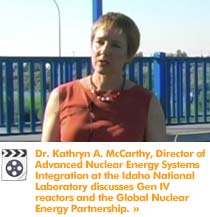

Speaking about the size of the processing equipment needed for full-scale thermochemical hydrogen production, Schultz instructs, “If you double the size of the vessel’s radius, you about double the cost of the vessel. But you also quadruple the production of whatever chemicals are going inside.”
Electrolysis, on the other hand, requires an increase in surface area proportional to the increase in hydrogen production. “That is the potential drawback of the electrolysis process,” says Schultz. “Because there are surface phenomena -- each molecule of hydrogen requires a certain surface area. There’s no economy of scale,” he concludes.
With a scaled-down laboratory demonstration underway, further development remains to be accomplished. According to Schultz, once the individual processes are proven on a small scale, a one-megawatt (thermal) pilot plant using a fossil-fueled simulated nuclear heat source is expected to be operating by around 2010. With hydrogen production proven on a real-world scale (about 0.3 tons/day), a nuclear-powered hydrogen demonstration plant could be running as early as 2017.

The INEL site will likely be the location of the first protoype high-temperature reactor, as well as the first nuclear production of hydrogen.
Entire contents © 2006 Corland Publishing. Use of editorial content without permission is strictly prohibited.
All Rights Reserved. Privacy Policy Legal Contact Us. Site developed by ICON.




